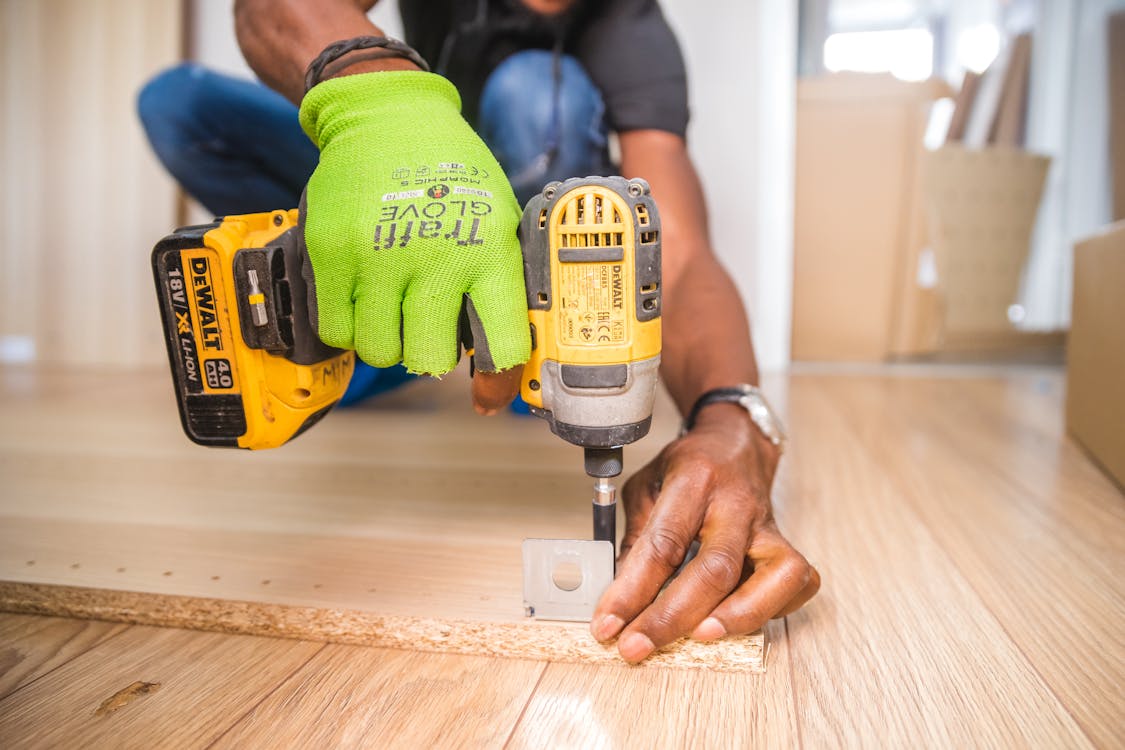Goodbye Outdated, Hello Sustainable: Flooring That Lasts
Goodbye Outdated, Hello Sustainable: Flooring That Lasts
Blog Article

When it comes to home enhancement, flooring is often a forgotten however essential element that specifies a space's personality and longevity. Selecting the appropriate flooring not only raises the visual of your home but also plays a crucial role in sustainability and long-term longevity. Recently, house owners have actually begun changing far from outdated styles, embracing green, top quality flooring choices that improve both performance and appeal. If you're taking into consideration a floor covering upgrade, discovering sustainable choices can be a game-changer for your home and the environment.
Why Sustainable Flooring Matters
Sustainability in flooring goes beyond simply being trendy-- it's about making liable selections that lower ecological impact. Many obsolete floor covering designs rely upon products that deplete natural resources, contain hazardous chemicals, or add to too much waste. Selecting sustainable flooring makes certain that your home stays trendy while minimizing your carbon impact. Even more property owners today are looking for sturdy, fairly sourced materials that straighten with their eco-conscious way of life without sacrificing style appeal.
From up-to-date wood decking remedies to crafted options, sustainable flooring gives alternatives that are both appealing and functional. Developments in the flooring sector have actually made it much easier than ever to pick products that support a greener earth while preserving the warm, welcoming feel of conventional floors.
Changing Outdated Flooring with Eco-Friendly Alternatives
Standard flooring products like rug, vinyl, and non-recyclable floor tiles have actually been conventional in many homes for years. However, these products typically contain chemicals, wear quickly, and add to landfill waste. Lasting flooring options, on the other hand, offer durable value and boosted air quality for interior rooms.
Hardwood and Engineered Wood: Classic Yet Sustainable
All-natural timber flooring continues to be a timeless option for home owners who value heat and sturdiness. While strong hardwood is a sustainable choice when sourced sensibly, engineered wood is getting appeal due to its effective use of natural deposits. With its split construction, engineered wood minimizes waste while keeping the elegance of conventional hardwood.
Sourcing wood from properly taken care of woodlands ensures that your flooring investment doesn't contribute to deforestation. Additionally, some engineered flooring products are made from recycled wood fibers, even more improving their environment-friendly charm.
Bamboo and Cork: The New Era of Sustainable Flooring
Bamboo and cork flooring have emerged as two of the most lasting alternatives readily available today. Bamboo, a very renewable energy, proliferates and uses toughness similar to hardwood. It's a trendy alternative that provides strength versus wetness and wear, making it an outstanding choice for high-traffic locations.
Cork, on the other hand, is collected from the bark of cork oak trees without hurting the tree itself. This natural product is soft underfoot, making it an exceptional option for homes that prioritize convenience. It likewise has all-natural protecting residential properties, assisting to regulate interior temperatures while reducing sound.
Reclaimed and Recycled Materials: A Second Life for Flooring
One of one of the most lasting ways to refresh your floor covering is by using recovered materials. Restored timber, repurposed floor tiles, and recycled steel or glass flooring offer an unique visual that brings character and background into your home. Selecting these products supports green efforts by lowering the demand for brand-new resources and reducing waste.
Enhancing Sustainability with Outdoor Flooring Options
The concentrate on sustainability does not stop at indoor floor covering. Many property owners are currently incorporating eco-conscious elements right into their exterior rooms as well. Wood decking has constantly been a popular option, however modern-day products provide much more lasting choices without endangering on top quality.
Using responsibly sourced or composite decking materials guarantees source that your outside area continues to be fashionable while minimizing environmental impact. Incorporating a well-planned deck designer approach enables you to develop an outdoor oasis that balances with nature while standing the test of time. Picking sustainable decking choices suggests fewer repair work, less upkeep, and a longer-lasting financial investment in your house's exterior.
The Role of Smart Home Improvement in Sustainability
Making the switch to sustainable flooring is simply one part of a larger image. Homeowners who purchase energy-efficient remedies often look for ways to enhance their homes beyond just flooring. Using environment-friendly paints, energy-efficient illumination, and clever electrical supply stores choices can better boost sustainability efforts.
For example, combining your brand-new floor covering with LED lights and energy-efficient heating services can maximize your home's general energy cost savings. Several homeowners are also turning to smart home technologies to keep track of power usage and make certain that their space are as eco-friendly as feasible.
Keep Inspired with Sustainable Home Upgrades
As fads in home layout remain to progress, making lasting selections continues to be a top priority for those wanting to create classic, accountable living spaces. Whether you're replacing obsolete floor covering with bamboo, engineered wood, or redeemed products, there's no lack of options that align with both design and sustainability.
If you're prepared to elevate your home with eco-friendly floor covering, stay tuned for more updates on the most up to date fads, suggestions, and inspiration. Follow our blog site for professional insights on home renovation, sustainable products, and cutting-edge style solutions that can change your living space right.
Report this page